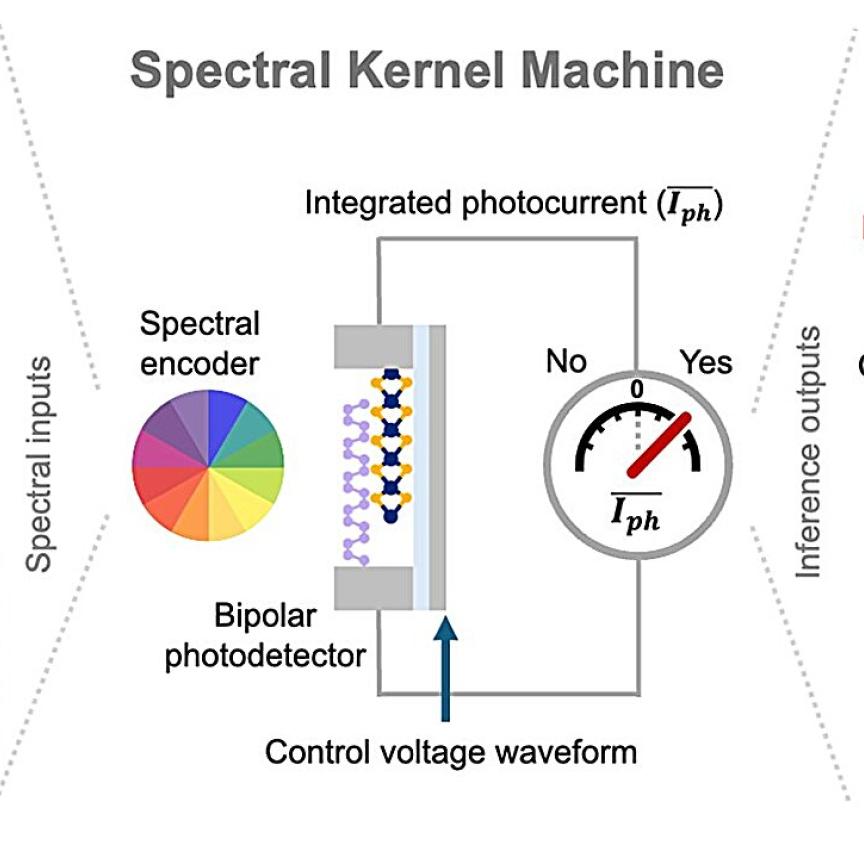With the Baldur line of industrial cameras, available from SphereOptics, HySpex/Norsk Elektro Optikk (NEO) presents a newly designed sensor to be fast, flexible, robust and repeatable. Baldur has the same optical design as the classic HySpex systems, with few modifications. All Baldur cameras are based on a Nyquist spectral sampling, meaning the spectral Point Spread Function is sampled by 2 pixels on the detector and giving a spectral resolution of 2 spectral bands. At the same time Baldur cameras capture 4 times more light as the classic systems which makes them a perfect fit for industrial applications that usually require very fast acquisition rate. Additionally, the spatial resolution is better than 1.7 pixels for all Baldur models, yielding very sharp cameras, although not to the extremes of the classic and Mjolnir cameras.
The HySpex Baldur covers the spectral range from 400 - 1000 nm and 950 – 2500 nm in several configurations with selectable ranges. All cameras within the same wavelength range have the same center wavelengths, making them easily interchangeable and come with traceable calibration standards to NIST and PTB. This leads to a well-proven and robust design. HySpex cameras (Baldur as well as Classic and Mjolnir) are delivered with a high-end SDK and library that makes it simple to integrate the HySpex hardware into any third-party software and hardware solution. This configuration is resulting in the best price value for a spectral pixel in a hyperspectral camera on the market.

